General Election: June 28, 2021 Candidates for Tribal Council
RICKY COMPO
TAMARA KIOGIMA
LEROY SHOMIN
DOUG EMERY
WILLIAM ORTIZ
MARCI REYES
KENNETH DEWEY
AARON OTTO
SHARON SIERZPUTOWSKI
SIERRA BODA (WITHDREW 5-14-21)
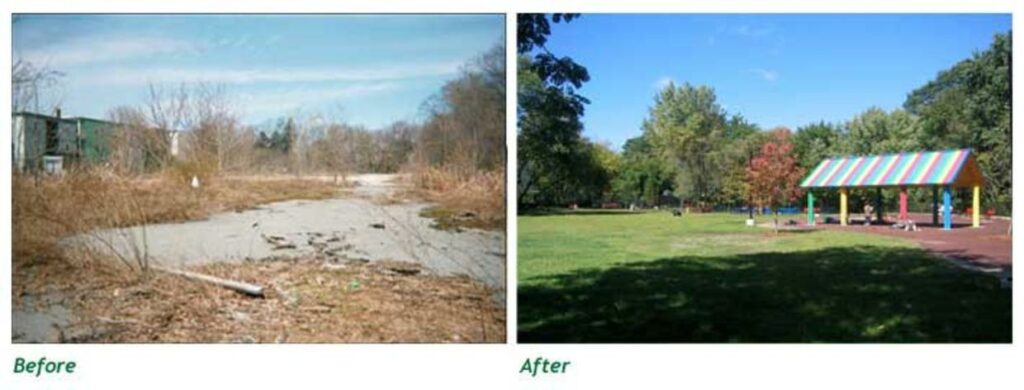


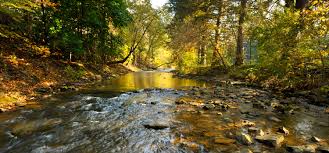

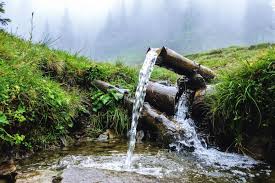

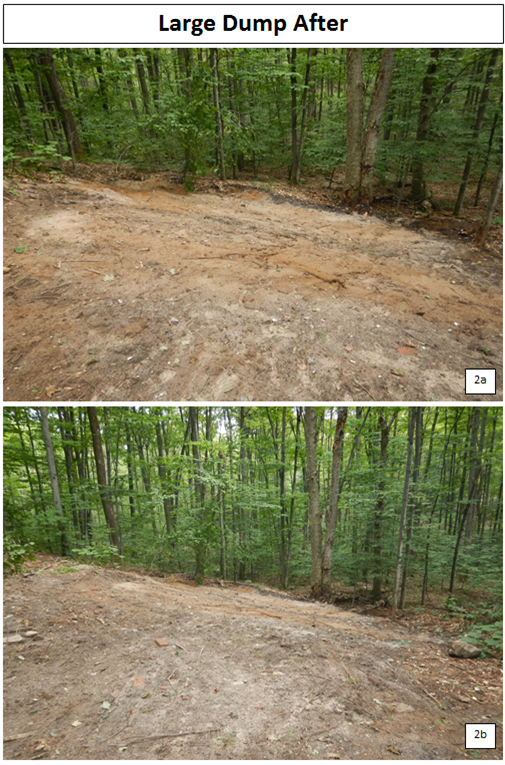
EPA’s goal in funding activities under this element is to have state and tribal response programs that include oversight and enforcement authorities, or other mechanisms, and resources that are adequate to ensure that:
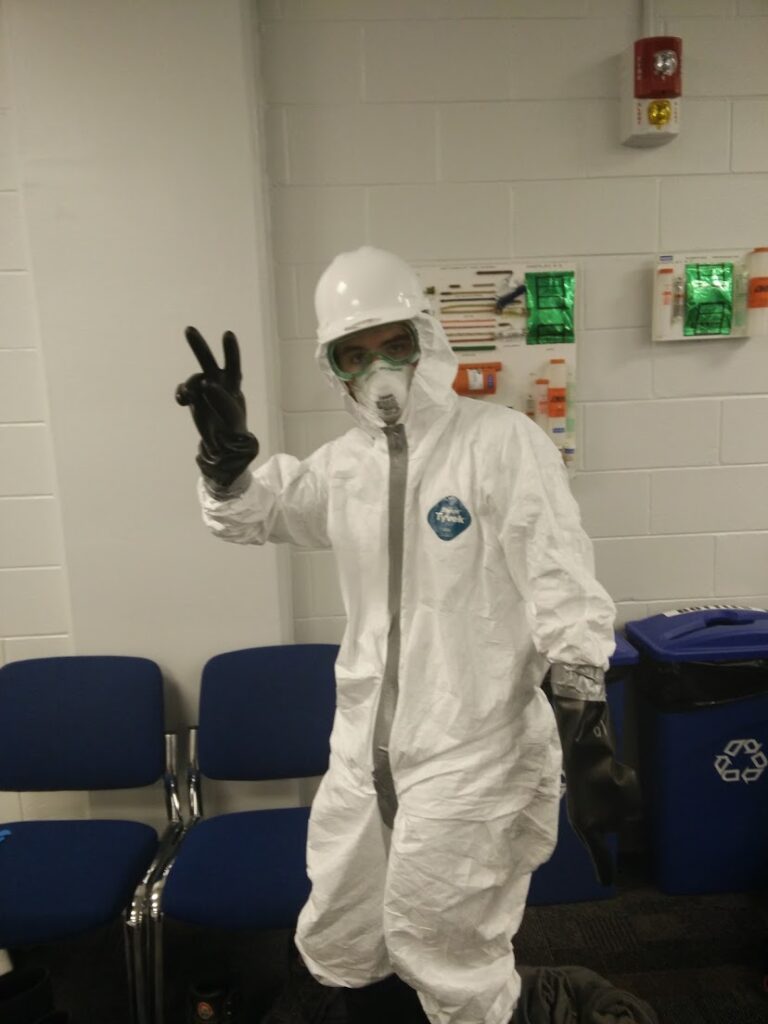
To view a list of currently identified potential brownfield sites, please see the Public Record (Excel Version) – (PDF Version).
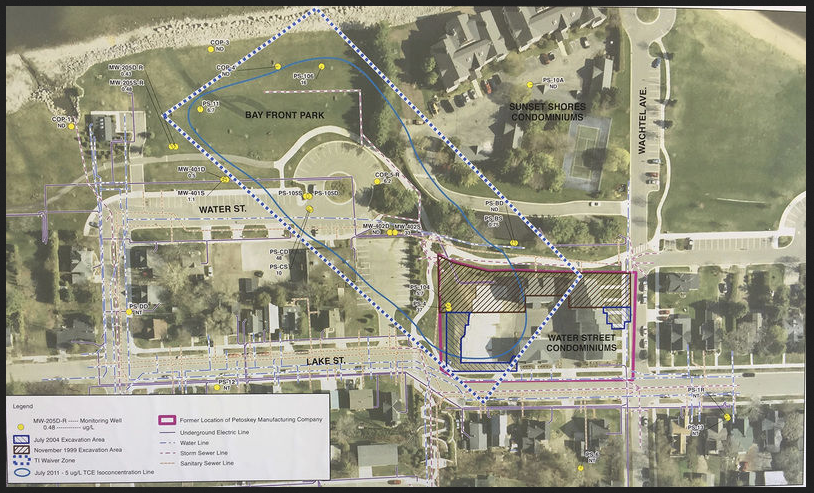
There are several ways that Tribal Citizens can help our Tribal community. Do you have knowledge of historical sites that are now closed? For example, industrial sites, factories, gas stations, etc. Do you suspect that a site near your residence could be contaminated? Are you aware of older abandoned buildings within the reservation boundary?
If you suspect a brownfield within the Little Traverse Bay Bands of Odawa Indians’ reservation area, please contact the LTBB Environmental Services Program office.
For more information on the Environmental Services Program and the Brownfields Program at LTBB, visit the LTBB website at www.ltbbodawa-nsn.gov and find us through the Natural Resources Program link or contact Traven Michaels, Environmental Response Specialist at 231-242-1573 or by email at TMichaels@LTBBODAWA-NSN.GOV.
RICKY COMPO
TAMARA KIOGIMA
LEROY SHOMIN
DOUG EMERY
WILLIAM ORTIZ
MARCI REYES
KENNETH DEWEY
AARON OTTO
SHARON SIERZPUTOWSKI
SIERRA BODA (WITHDREW 5-14-21)
BERNADECE (BERNIE) BODA & LINDA GOKEE
REGINA GASCO-BENTLEY & STELLA KAY
(Click Team To Read Their Statements)
BERNADECE (BERNIE) BODA & LINDA GOKEE
REGINA GASCO-BENTLEY & STELLA KAY
(Click Candidate Name To View Their Statement)
Search Code Index
function search(string){ window.find(string); }
LTBB Events
Sun Mon Tue Wed Thu Fri Sat 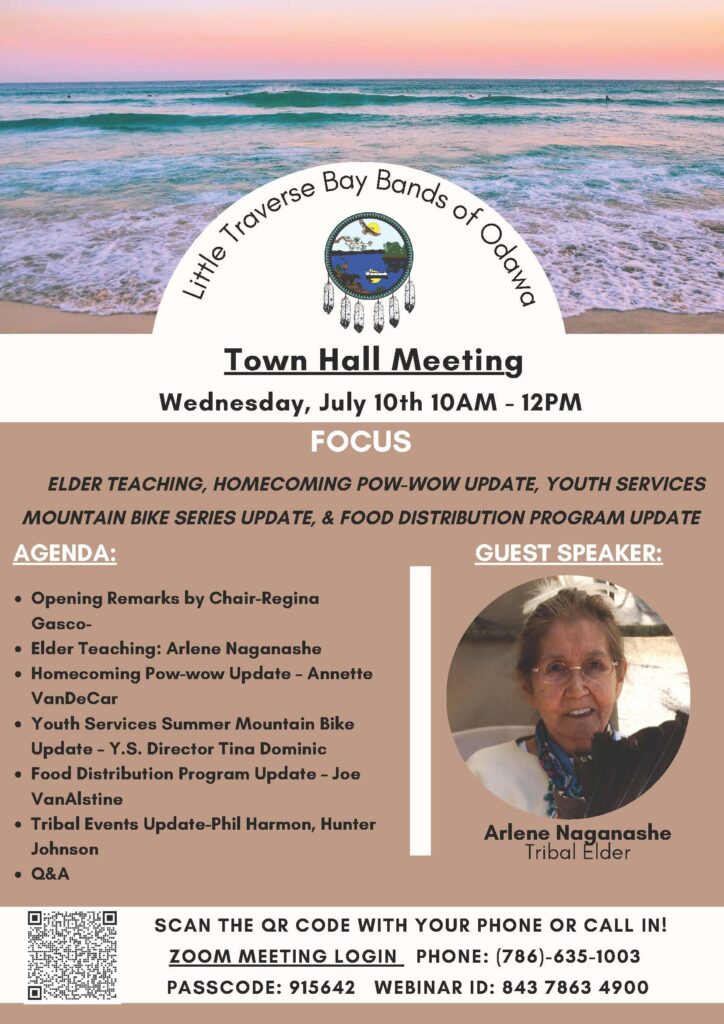

Contact SPRING
[ninja_form id=12]
https://app.hellosign.com/s/LJki90VA